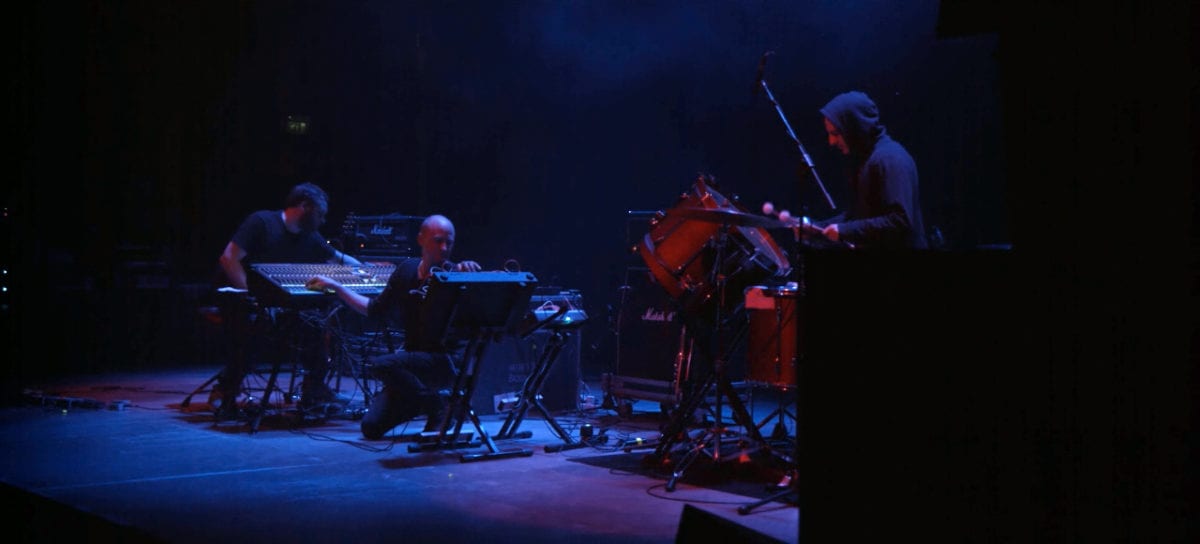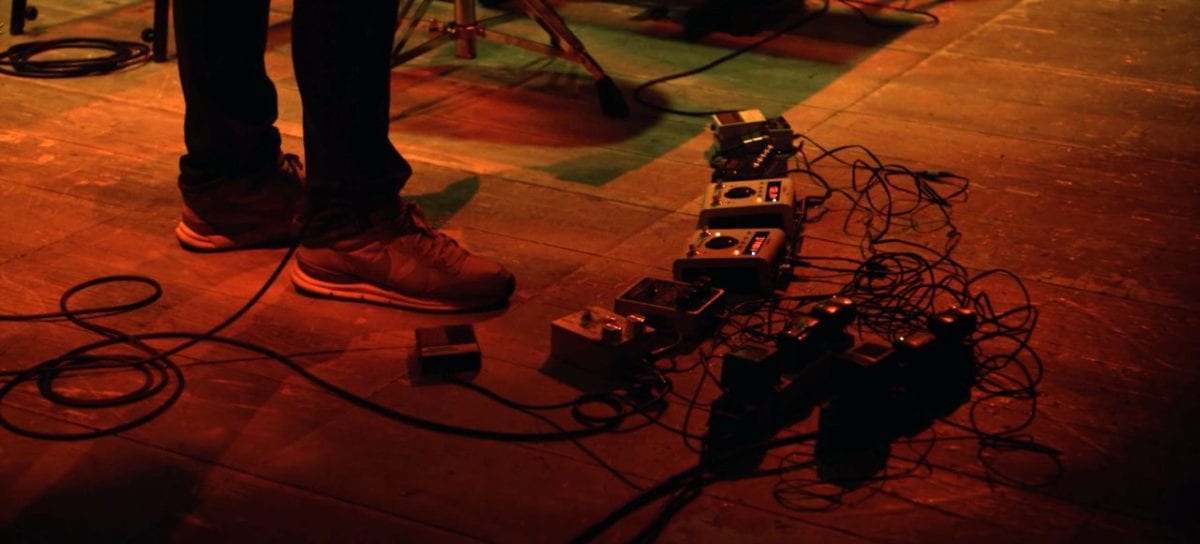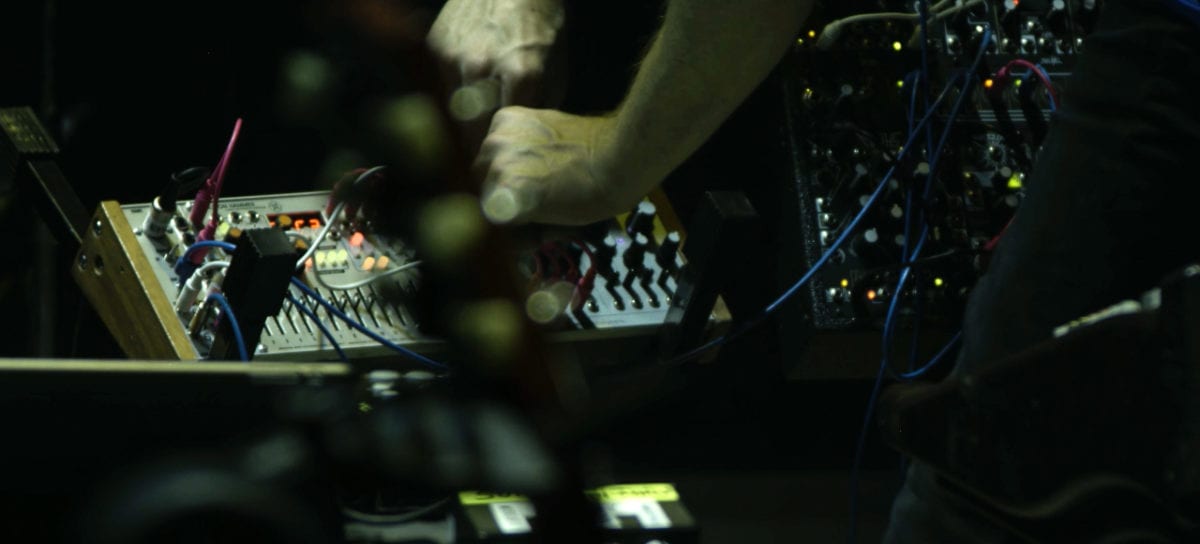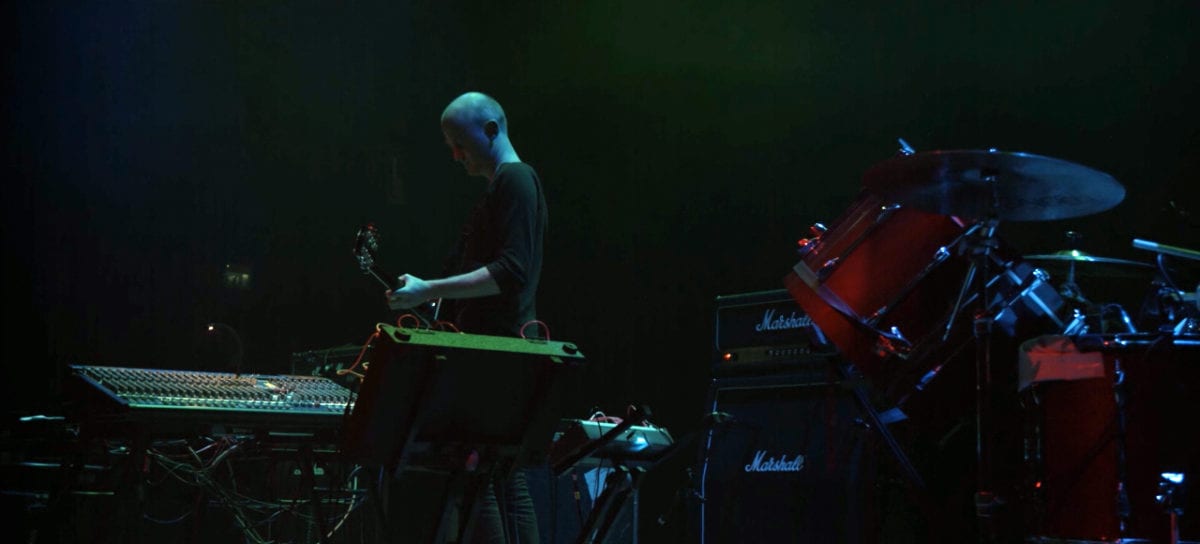Little is known about the SUMS duo except it is the result of the successful collaboration between French producer Kangding Ray and Mogwai’s multi-instrumentalist Barry Burns, with the pair first coming to light in 2015, courtesy of the renowned Berlin Atonal festival.
With just three live performances under their belt, zero release and a few low-quality recordings of their gigs for only tangible trace, SUMS have steadily grown a mysterious aura around their non-standard musical venture.
“We both learned a lot of things from each other. The real freedom for me is to get out of the usual context I’m in: To get free from the functionality of music, which is mostly present in dance music.”
We wanted to find out more about how the project ticks so we caught up with SUMS on the occasion of their debut appearance in Milan for the opening night of Electropark Exchanges, a three-year project melding live performances and technical training, established in collaboration with SAE Institute.
What came out of it wasn’t exactly what we expected, SUMS being a ‘locus amoenus‘ for both artists: if it gives Barry Burns the opportunity to extract from the Mogwai-related context, dealing for the first time with one person on-stage instead of his usual quartet, Kangding Ray presents himself under a very different light compared to what his releases for raster-noton and Stroboscopic Artefacts would lead you to expect – invoking his years of youth when he used to play guitar in a band.
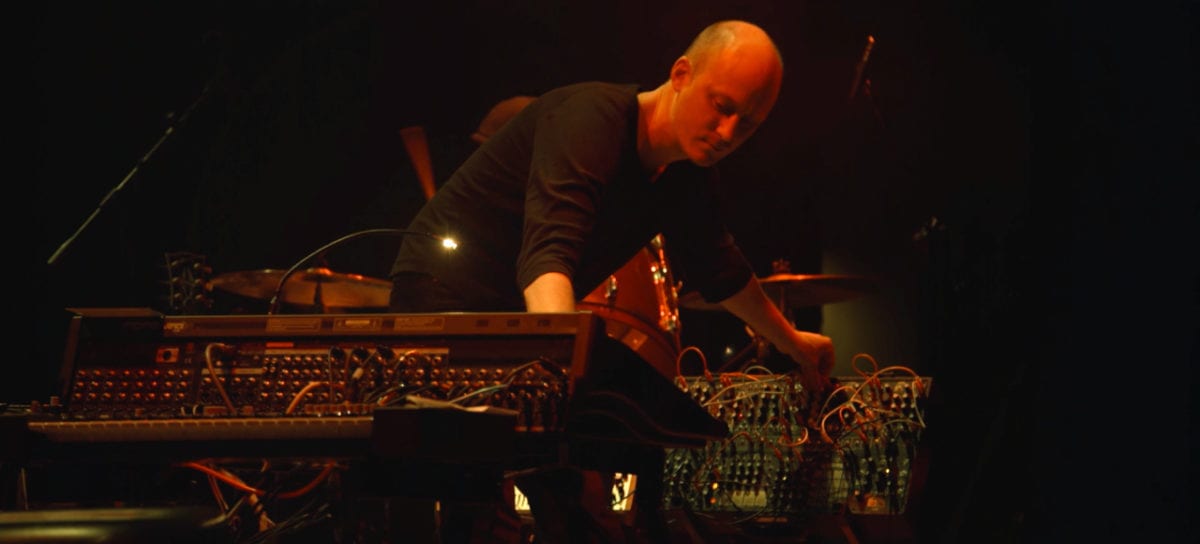
"We still don’t know, but one thing is for sure is that this is not finished. Music is never finished, you can never finish it."
Improvisation is the main ingredient for SUMS, and the name was chosen because of the simple mathematics equation involved, but as Barry Burns explains: “it doesn’t really mean anything” ; both of them see SUMS as a challenge, a white canvas upon which they can experiment without restricting themselves in order to “please the crowd”.
On 6th April 2016, Kangding Ray and Barry Burns appeared on stage after rehearsing for almost 6 hours with the third-generation drummer Merlin Ettore sporting a black hood. No one was really prepared for the spectacle to come: 90 minutes of classical-infused distortions, ethereal melodies shattered by thundering acoustic percussions ; a buildup of sinusoidal synth waves meshed with keyboard chords eventually going for the full-blast, its delayed arches shivering everything in their path, from the theatre’s walls to all the participants present in the edifice.
Film and photography by Jaroslav Moravec
